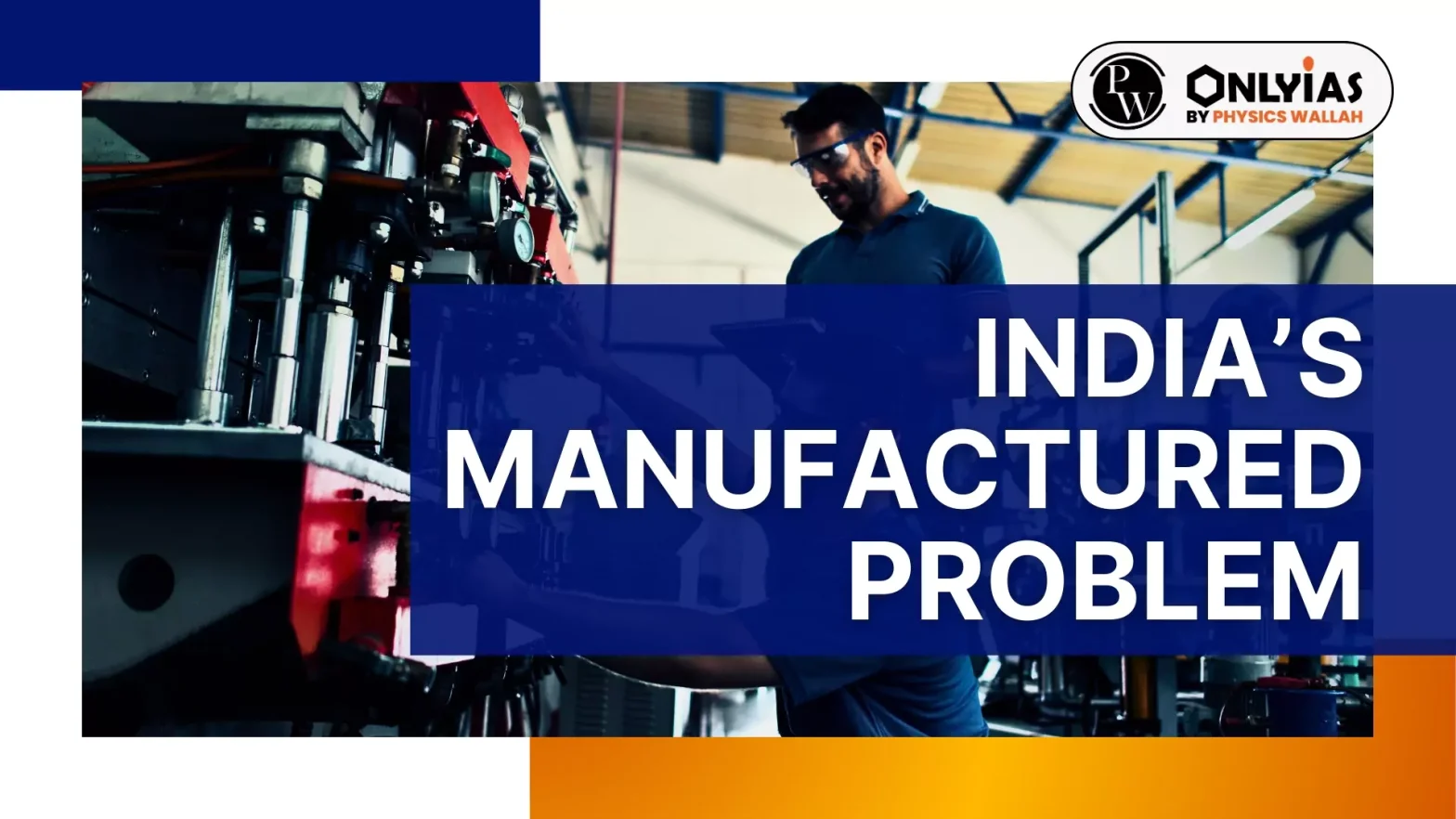Despite industrialization being a cornerstone of Nehru’s development strategy, India’s manufacturing sector continues to face challenges. This struggle is largely due to the inability to effectively harness the country’s most abundant resource: labor. Even after decades of industrial efforts, a significant portion of India’s workforce—approximately 85%—remains in agriculture or small enterprises, leading to low value-added per worker. This imbalance highlights the ongoing challenges in the manufacturing sector and the misalignment of development strategies with the country’s labour-rich economy.
Historical Roots of India’s Manufacturing Struggles
- Nehru’s Focus on Heavy Industries: Nehru’s industrialization strategy emphasised the development of heavy, capital-intensive industries, such as steel and machinery. These sectors required substantial financial investment and advanced technology, which were largely out of reach for the common man and small-scale entrepreneurs. This focus was intended to build a strong industrial base, but it also led to the neglect of other potentially high-growth areas in the economy.
- Neglect of Light Manufacturing: While heavy industries were given priority under Nehru’s development strategy, light manufacturing—industries that are typically labor-intensive and require less capital, such as clothing, textiles, footwear, kitchen utensils, bicycles, and sewing machines—received far less attention. Nehru aimed to protect these sectors from the monopolization by large companies, intending to preserve opportunities for small-scale enterprises and prevent concentration of economic power. However, this approach inadvertently stifled innovation and technological advancement by limiting access to formal capital. As a result, Indian industries in these sectors struggled to compete with global manufacturing leaders like Japan.
- Missed Opportunities in the Textile Industry: In the late 1940s and early 1950s, the Indian textiles industry held a significant 11.3% share in the global market, comparable to Japan. With the United States and the United Kingdom partially exiting the textiles industry, India had a prime opportunity to expand its market share. However, the Indian government denied large mills the necessary licences to invest, expand, and modernise their machinery. Additionally, high excise duties were imposed to protect small-scale enterprises. These policies hindered the industry’s growth and innovation, resulting in India losing out to Japan and other emerging industrial powers.
Check Out UPSC Modules From PW Store
Post-LPG Reforms Developments
- Small-Scale Industries (SSI) Reservation Policy The Small-Scale Industries (SSI) reservation policy, initially intended to protect small enterprises, began with 100 items but eventually expanded to over 800 items. This policy restricted large enterprises from entering these sectors, limiting their ability to scale up production, innovate, and compete internationally. Despite the economic liberalisation efforts of the 1990s, it was not until 2005 that this restriction was significantly, though not entirely, relaxed. By then, the damage to India’s manufacturing competitiveness had already been done.
- Strict Labour Laws: India’s stringent labour laws disproportionately protect the relatively few workers who secure well-paid jobs in large enterprises, while deterring these enterprises from investing in labour-intensive sectors. For instance, in Odisha, many factories were established in low-cost locations, but a sudden 30% hike in the minimum wage imposed by new regulations led to a 9% increase in total costs. This change severely impacted profit margins, making it difficult for these industries to compete with low-cost manufacturing countries like Bangladesh and Vietnam. A more gradual approach to wage increases, based on recommendations from industry stakeholders, would be more effective.
- Capital-Intensive Mindset: Even recent initiatives like the Production-Linked Incentive (PLI) scheme have focused more on capital-intensive sectors such as electronics and mobile phones, continuing to neglect labour-intensive light manufacturing.
Conclusion
The neglect of light manufacturing has resulted in a limited understanding of labour and its efficiency at the grassroots level in India. In contrast, countries like China started with small-scale operations and gradually scaled up, allowing manufacturing to grow from the ground up. India’s industrial strategy, however, failed to leverage its vast labour force, resulting in a manufacturing sector that struggles to compete on the global stage. To address this, there needs to be a renewed focus on labour-intensive industries, fostering innovation and growth from the grassroots level.
![]() 3 Sep 2024
3 Sep 2024

